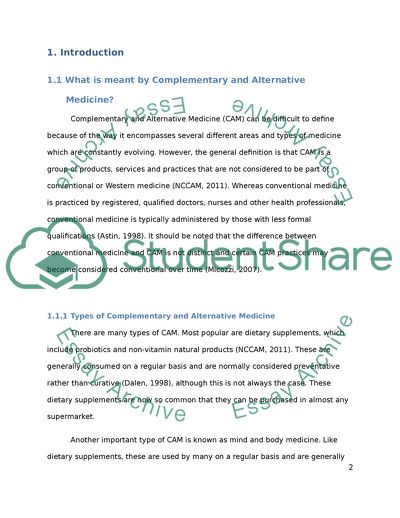Cite this document
(Complementary and Alternative Medicine in Palliative Care Literature review, n.d.)
Complementary and Alternative Medicine in Palliative Care Literature review. https://studentshare.org/health-sciences-medicine/1764426-is-complementary-and-alternative-medicine-safe-and-effective-in-palliative-care
Complementary and Alternative Medicine in Palliative Care Literature review. https://studentshare.org/health-sciences-medicine/1764426-is-complementary-and-alternative-medicine-safe-and-effective-in-palliative-care
(Complementary and Alternative Medicine in Palliative Care Literature Review)
Complementary and Alternative Medicine in Palliative Care Literature Review. https://studentshare.org/health-sciences-medicine/1764426-is-complementary-and-alternative-medicine-safe-and-effective-in-palliative-care.
Complementary and Alternative Medicine in Palliative Care Literature Review. https://studentshare.org/health-sciences-medicine/1764426-is-complementary-and-alternative-medicine-safe-and-effective-in-palliative-care.
“Complementary and Alternative Medicine in Palliative Care Literature Review”. https://studentshare.org/health-sciences-medicine/1764426-is-complementary-and-alternative-medicine-safe-and-effective-in-palliative-care.


